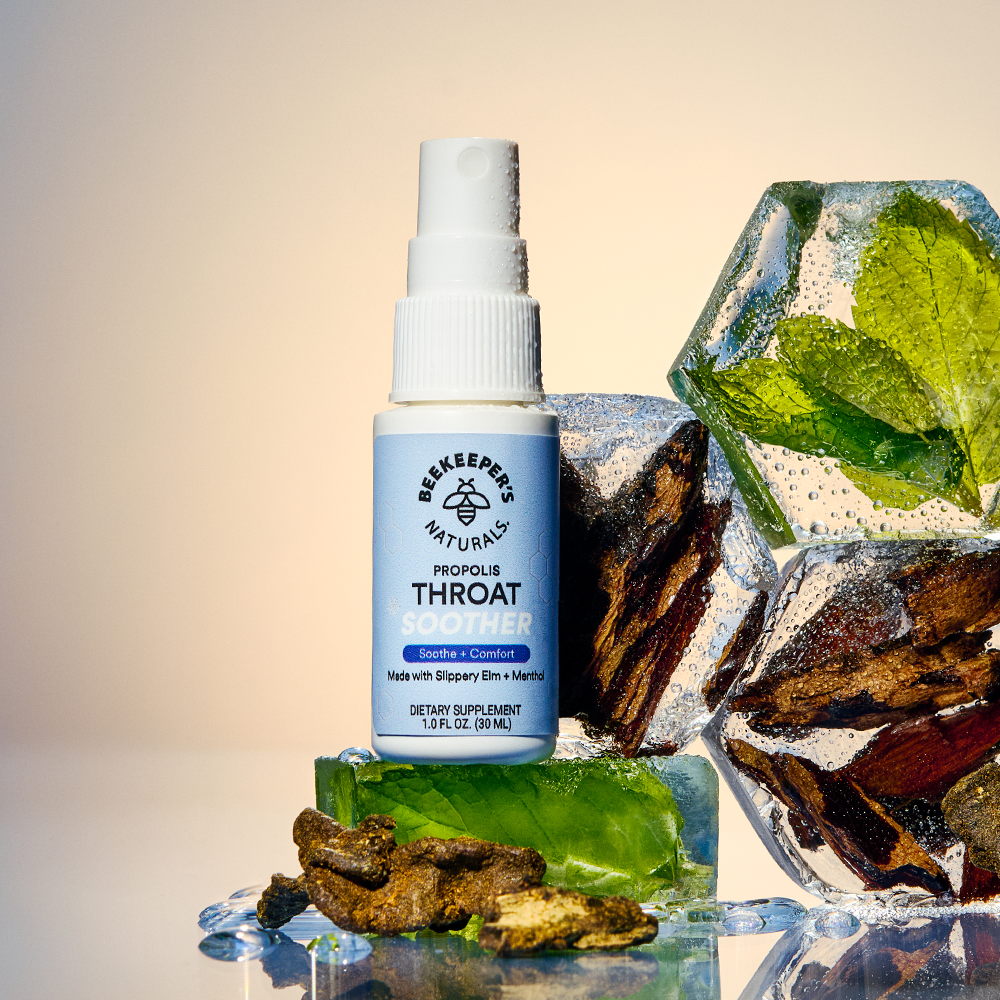The vast majority of plant life requires pollination by insects. Without our pollinators, agriculture would bid farewell to most fruits, vegetables, nuts, seeds, hay and even cotton. Our beautiful gardens would disappear as well. You see, pollinating insects helps plants reproduce by transferring pollen from the male parts of one flower to the female parts of another flower of the same kind. This results in the fertilization of the flower and the production of seeds. Contrary to popular believe, there are several insects that help out with pollination. Our bee friends take most of the credit in the pollination department, but there are several other insects that put in work too.  Here is a little cheat sheet on our beloved pollinators: Who pollinates? Bees, wasps, and ants (Hymenoptera) Butterflies and moths (Lepidoptera) Flies (Diptera) Beetles (Coleoptera) Bees The king... or should I say Queen of all pollinators is the bee. In fact, one out of every three bites of food we consume is because of these little ones. While the most well known bee is the European honeybee, there are actually hundreds of other types of bees, like bumblebees, solitary bees and carpenter bees. Why are bees so good at pollinating you may wonder? Well, the bees have three unique tools Mother Nature equipped them with. First, they are covered in little hairs which allows pollen to stick to them. Second, they use electrostatic forces, also known a static, to keep the pollen on their bodies. Finally, they have special sacks, sometimes referred to as pollen pockets or pants, that they brush the pollen into for transportation. Next time you see a bee, look to see if she has full pollen pants!
Here is a little cheat sheet on our beloved pollinators: Who pollinates? Bees, wasps, and ants (Hymenoptera) Butterflies and moths (Lepidoptera) Flies (Diptera) Beetles (Coleoptera) Bees The king... or should I say Queen of all pollinators is the bee. In fact, one out of every three bites of food we consume is because of these little ones. While the most well known bee is the European honeybee, there are actually hundreds of other types of bees, like bumblebees, solitary bees and carpenter bees. Why are bees so good at pollinating you may wonder? Well, the bees have three unique tools Mother Nature equipped them with. First, they are covered in little hairs which allows pollen to stick to them. Second, they use electrostatic forces, also known a static, to keep the pollen on their bodies. Finally, they have special sacks, sometimes referred to as pollen pockets or pants, that they brush the pollen into for transportation. Next time you see a bee, look to see if she has full pollen pants!
 Here is a little cheat sheet on our beloved pollinators: Who pollinates? Bees, wasps, and ants (Hymenoptera) Butterflies and moths (Lepidoptera) Flies (Diptera) Beetles (Coleoptera) Bees The king... or should I say Queen of all pollinators is the bee. In fact, one out of every three bites of food we consume is because of these little ones. While the most well known bee is the European honeybee, there are actually hundreds of other types of bees, like bumblebees, solitary bees and carpenter bees. Why are bees so good at pollinating you may wonder? Well, the bees have three unique tools Mother Nature equipped them with. First, they are covered in little hairs which allows pollen to stick to them. Second, they use electrostatic forces, also known a static, to keep the pollen on their bodies. Finally, they have special sacks, sometimes referred to as pollen pockets or pants, that they brush the pollen into for transportation. Next time you see a bee, look to see if she has full pollen pants!
Here is a little cheat sheet on our beloved pollinators: Who pollinates? Bees, wasps, and ants (Hymenoptera) Butterflies and moths (Lepidoptera) Flies (Diptera) Beetles (Coleoptera) Bees The king... or should I say Queen of all pollinators is the bee. In fact, one out of every three bites of food we consume is because of these little ones. While the most well known bee is the European honeybee, there are actually hundreds of other types of bees, like bumblebees, solitary bees and carpenter bees. Why are bees so good at pollinating you may wonder? Well, the bees have three unique tools Mother Nature equipped them with. First, they are covered in little hairs which allows pollen to stick to them. Second, they use electrostatic forces, also known a static, to keep the pollen on their bodies. Finally, they have special sacks, sometimes referred to as pollen pockets or pants, that they brush the pollen into for transportation. Next time you see a bee, look to see if she has full pollen pants!





